In the wake of the announcement on a new interim general licence for gamebird release, we look at who it affects & how to comply with it
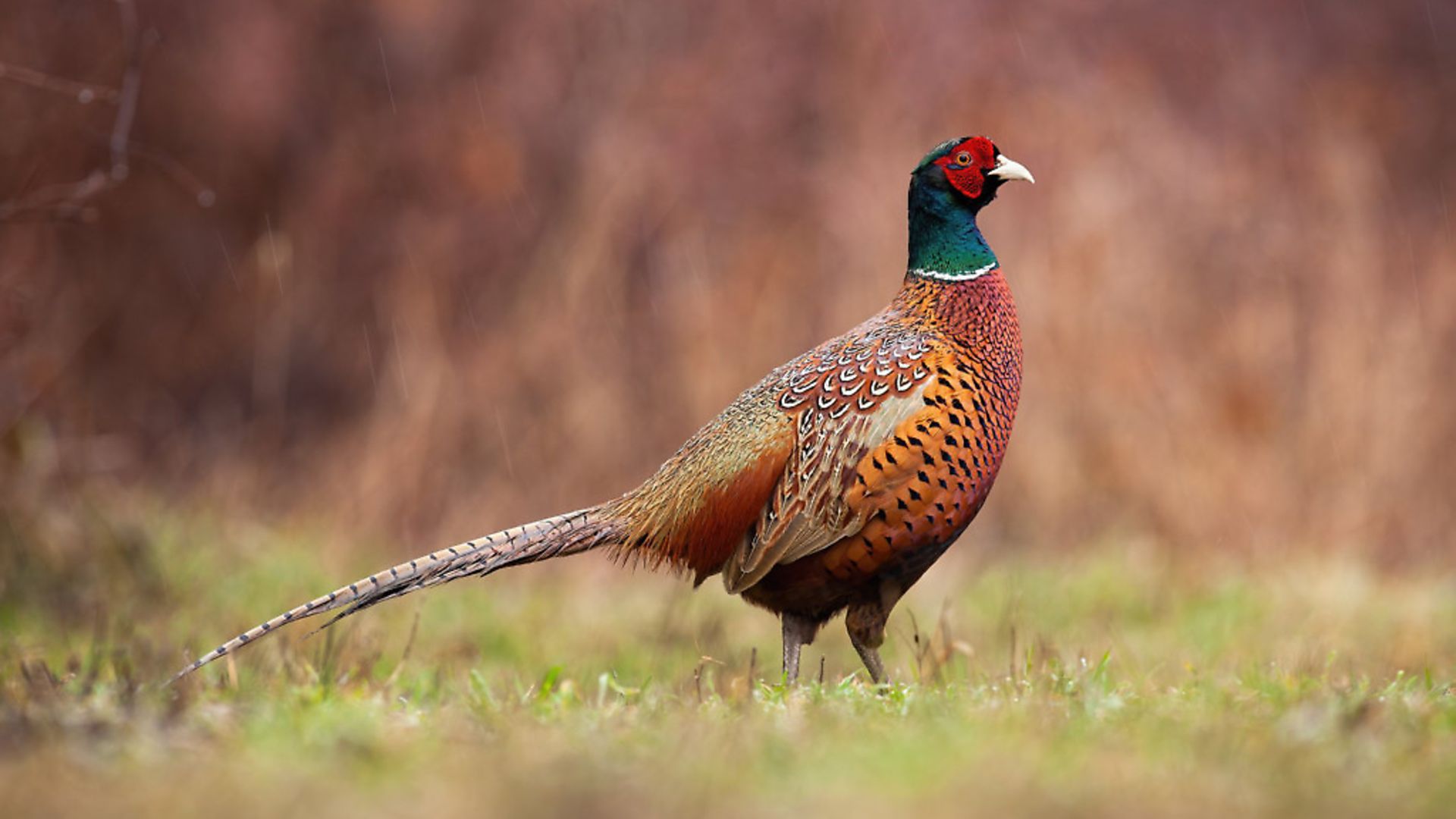 credit: Getty Images/iStockphoto
credit: Getty Images/iStockphoto
Yesterday (12 May 2021), the government announced plans to introduce an interim licensing system for gamebird release on or within 500m of European Protected Sites in England. European Protected sites are a network of nature protection areas made up of special areas of conservation (SAC), special protection area (SPA), Ramsar wetlands and potential SPA, possible SAC or proposed Ramsar wetlands. The network includes both terrestrial and Marine Protected Areas, with the aim of protecting the survival of Europe’s most valuable species and habitats.
This new interim licensing scheme will only affect those releasing pheasants and red legged partridges on or within 500m of one of these sites. Use the GWCT’s tool here to check if your shoot will be affected. The scheme comes into force from May 31st 2021 and is valid until May 30th 2022.
 credit: Getty Images/iStockphoto
credit: Getty Images/iStockphoto
What is the new gamebird release licence?
The new interim licence, GL43, relates to the release of common pheasants and red legged partridges on or within 500m of European Protected Sites. It takes the form of a General Licence (i.e. you do not need to apply for it, but you must follow the conditions while using it).
However, please note: This licence does not provide consent for operations requiring Natural England’s consent as listed on a notification of a Site of Special Scientific Interest (SSSI).
Anyone relying on the general licence to release birds must have or obtain an SSSI consent from Natural England before releasing common pheasants or red-legged partridges within a European site. They must follow the terms and conditions of that consent.
Many SSSIs are also designated as European sites – whether as Special Areas of Conservation or Special Protection Areas - so be sure to check if you require this additional consent.
The licence is titled - Gamebirds: licence to release common pheasants or red-legged partridges on European sites and within 500m of their boundary (GL43)
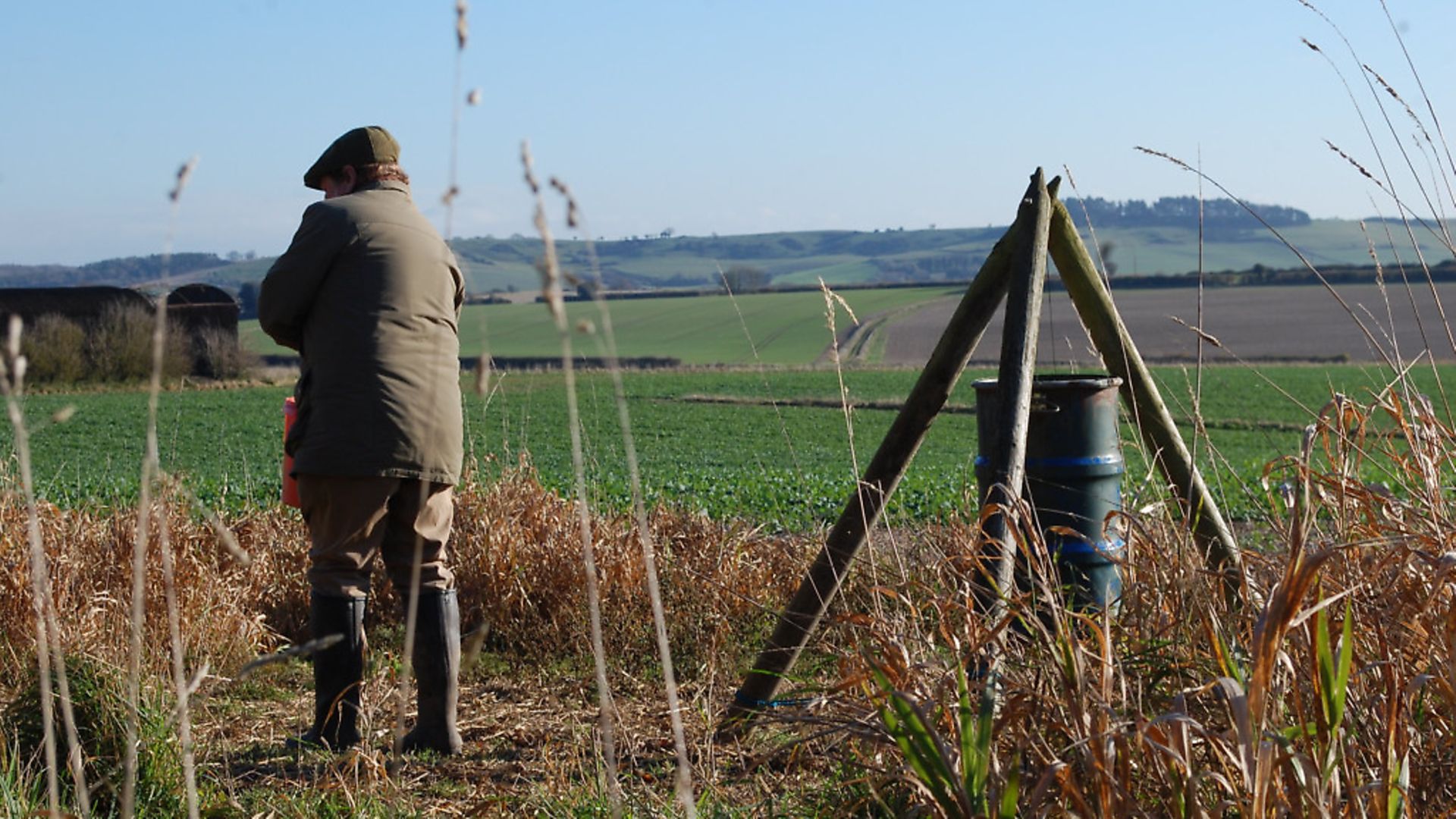 credit: Archant
credit: Archant
What are the conditions of the new gamebird release licence?
In order to legally use the new general licence, you must meet and follow the below three conditions. (Please note that these are paraphrased and you must read the full licence conditions yourself and ensure you adhere to them in order to use it lawfully):
1) Releasing within European sites
The density of common pheasants released within a European site must be no more than 700 birds per hectare of release pen, or lower if required by a site of special scientific interest (SSSI) consent.
The density of red-legged partridges released within a European site must be no more than 700 birds per hectare of land they inhabit, or lower if required by a SSSI consent. Any release, including single or trickle releases, must not exceed this limit.
You must site red-legged partridge release pens in cover crops[footnote 7] on arable land or on improved grassland within a European site. You must not site them in semi-natural or unimproved habitats[footnote 8].
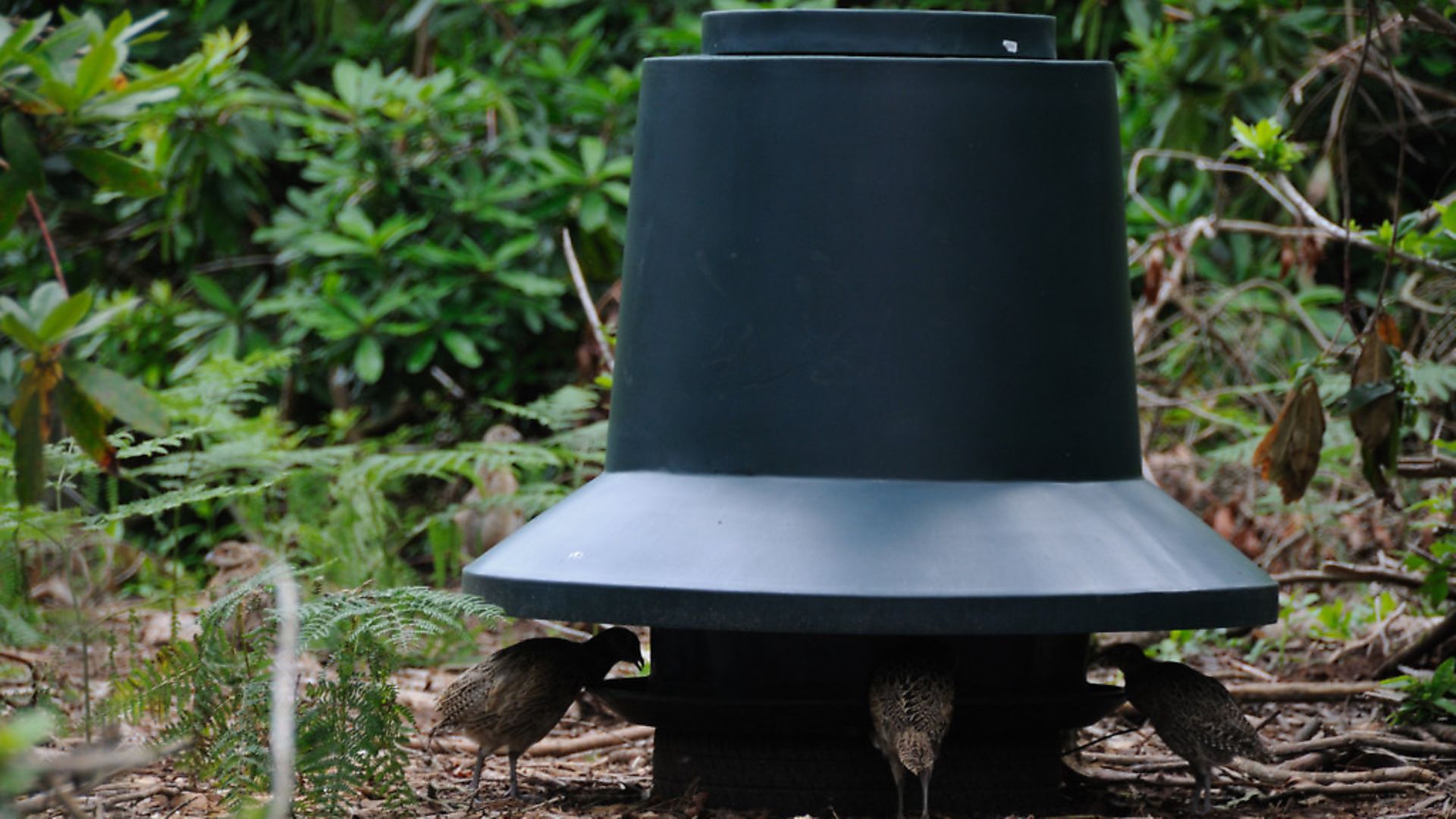 credit: Getty Images/Ingram Publishing
credit: Getty Images/Ingram Publishing
2) Release of gamebirds within the 500m buffer zone of a European site boundary
The density of common pheasants released within the 500m buffer zone of a European site must be no more than 1,000 birds per hectare of release pen. Any release, including single or trickle releases, must not exceed this limit.
The density of red-legged partridges released within the 500m buffer zone of a European site must be no more than 1,000 birds per hectare of land they inhabit. Any release, including single or trickle releases, must not exceed this limit.
Any activity in the buffer zone must not encourage the released birds to inhabit or occupy an adjacent European site. This includes where you place pens and feed birds.
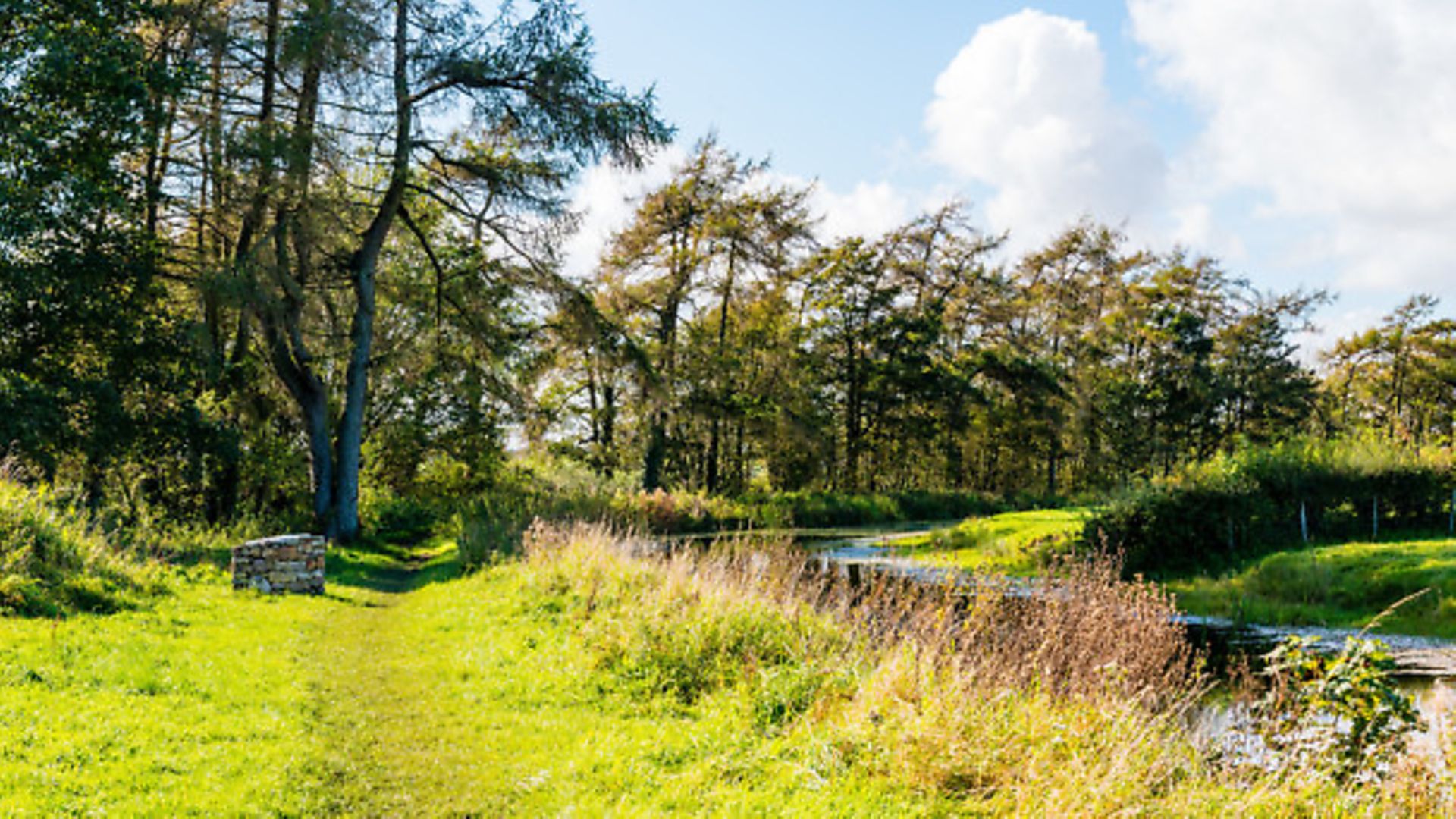 credit: Getty Images/iStockphoto
credit: Getty Images/iStockphoto
3) Report release activity
If you, as the authorised person, are releasing 50 or more gamebirds within a European site or its buffer zone, you must provide the:
* total number and species of gamebird released within a European site
* total number and species of gamebird released within the 500m buffer zone
* gamebird density (birds per hectare)
* location of release site (6-figure grid reference)
You must also provide details of the SSSI consent under which the release activity is operating if you are releasing these gamebirds within a European site. This data must be provided within one month of release, and an online form will become available as of May 31st 2021.
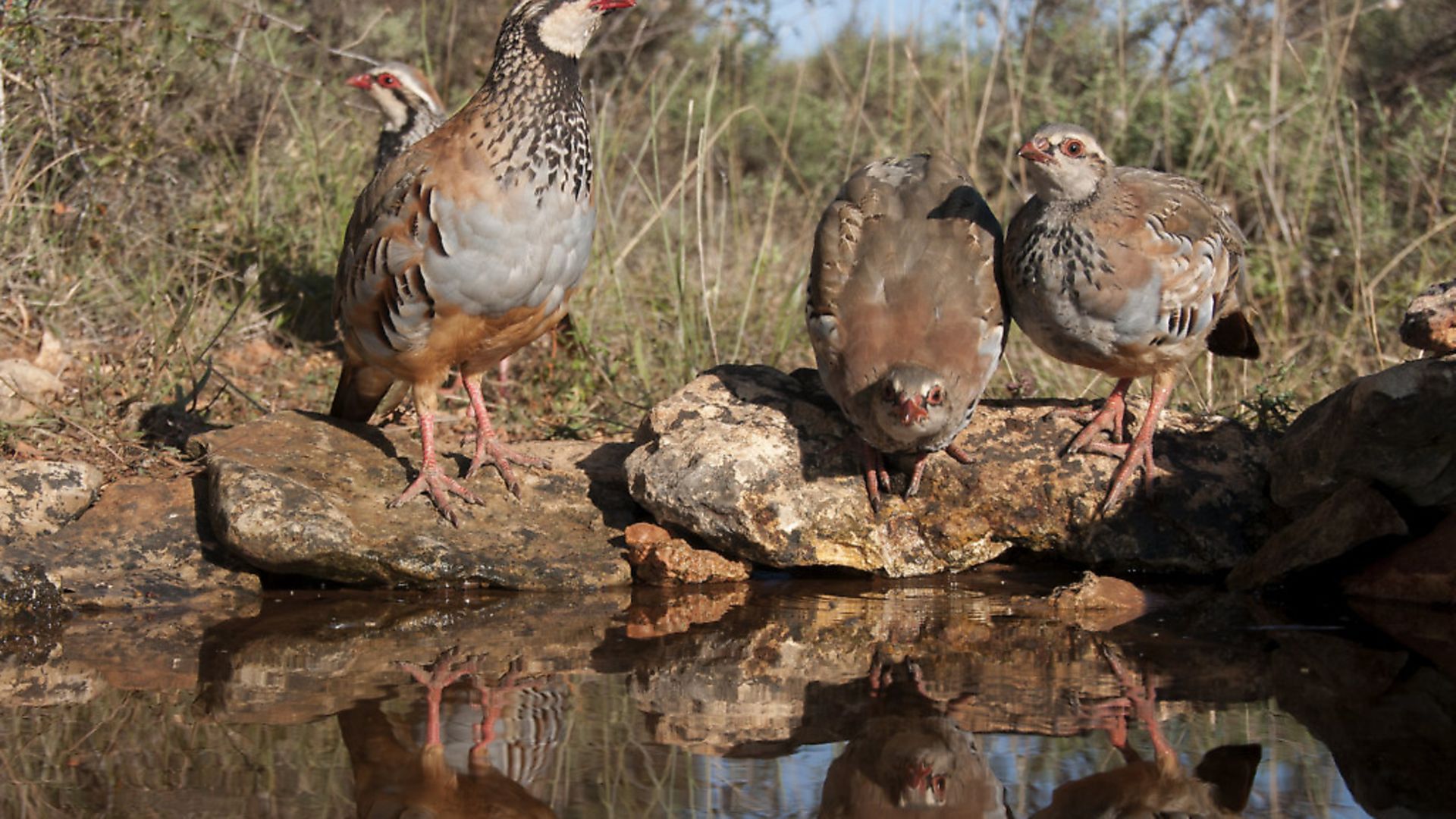 credit: Getty Images/iStockphoto
credit: Getty Images/iStockphoto
An authorised person, for the purposes of this licence, is “the owner or occupier of the site on which the release of common pheasants or red-legged partridges will be carried out, or any person authorised by the owner or occupier of that site.” So, as a gamekeeper, if you are authorised by the landowner to carry out this work, you count as an authorised person.
Comment from our rural organisations
Glynn Evans of BASC stated in a press release detailing the development that: “The general licence approach adopted by the government will allow gamebird release and shooting to continue under a set of conditions. These will be linked to the Code of Good Shooting Practice and other best practice guidelines.
“We reinforce our view that this legislation is unnecessarily bureaucratic and disproportionate, especially compared to other activities continuing to take place.
“However, the move is a significant dilution from the proposals of those who wish to see shooting restricted in these areas. This announcement does not mark the end of gamebird release or shooting in these areas.
“The legislation includes a four year ‘sunset’ clause, allowing time for Natural England to undertake the necessary assessments to ensure shooting is clear to continue without the requirement of a licensing scheme.
We will now review the announcement in detail and will continue to keep members up-to-date as the full legislation is published.”
Keep an eye on the BASC website for that!
Dr Roger Draycott, Director of Advisory at GWCT commented in their coverage of the news: “We have previously questioned the scientific rationale and need for a buffer extending to 500m but we are pleased to see that the key conditions relating to pheasant releasing densities are based on GWCT’s science based sustainable gamebird releasing guidelines and that the other conditions are workable. Defra have clearly carefully considered the feedback from GWCT and other stakeholders during the consultation period earlier this year. We urge all shoots, whether in protected sites or not to follow the GWCT’s sustainable releasing guidelines which, alongside the GWCT’s Principles of sustainable gamebird management helps ensure they deliver a net biodiversity gain. We will be reviewing the licence conditions in more detail and we will provide further updates to shoot managers.”
Liam Bell, Chairman of the National Gamekeepers’ Organisation, said: “News that gamebird releasing can continue on or near protected sites according to best practice guidelines, is a good result for the sector. We will be seeking reassurances from Defra and Natural England over data confidentiality in relation to the reporting requirements. We will also be pushing for a much more effective and prompt Individual licensing regime for those who cannot operate under the General Licence conditions.
“We will continue to update members when we have reviewed the licence conditions.”